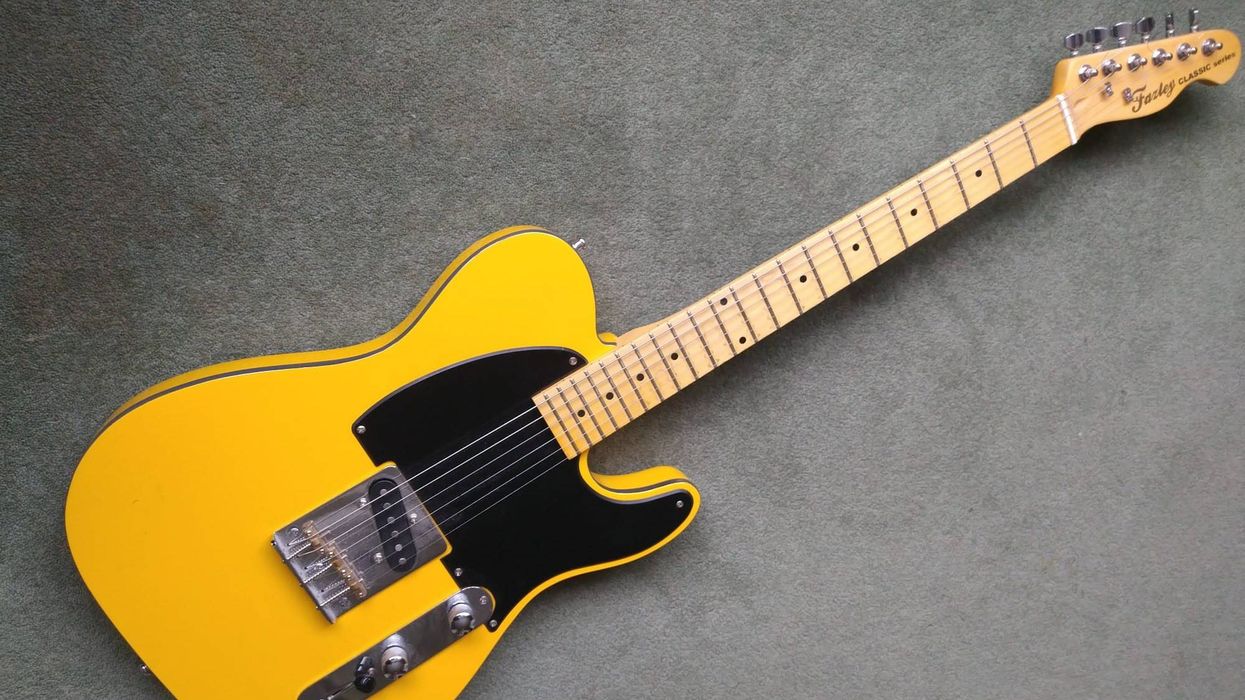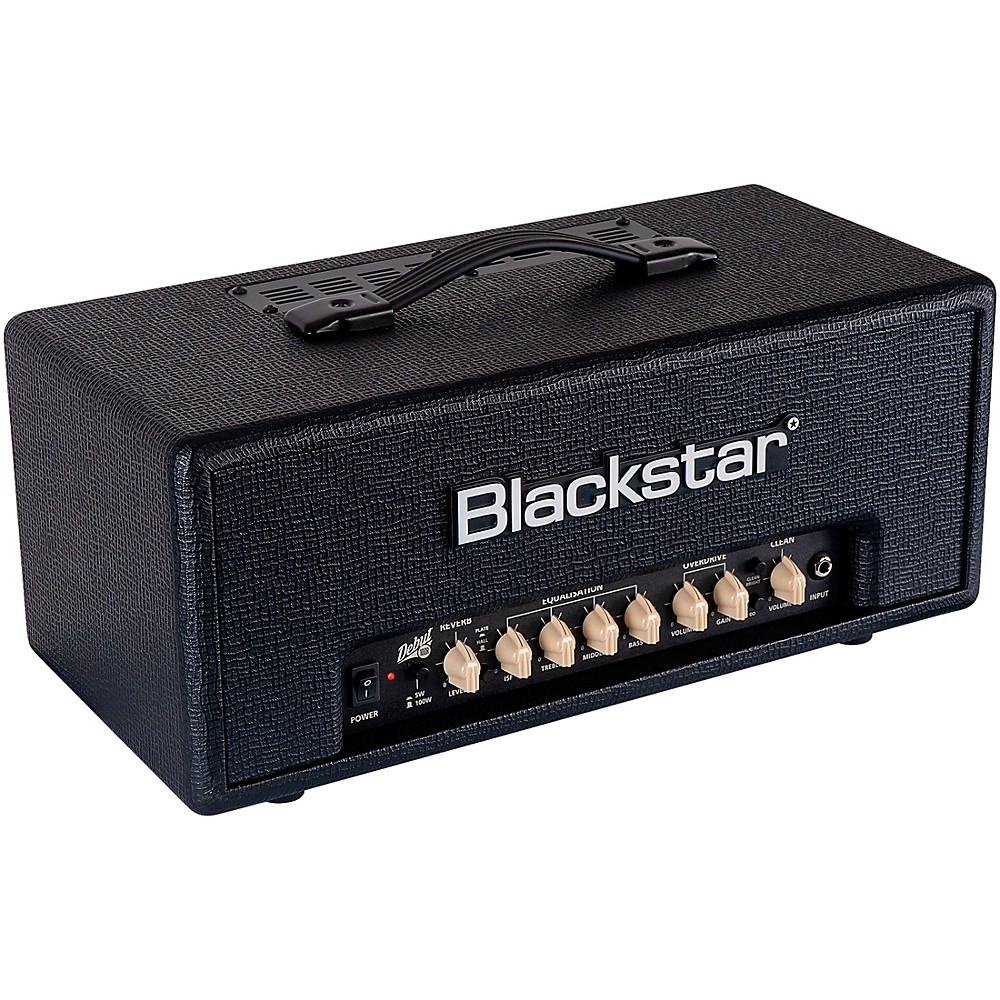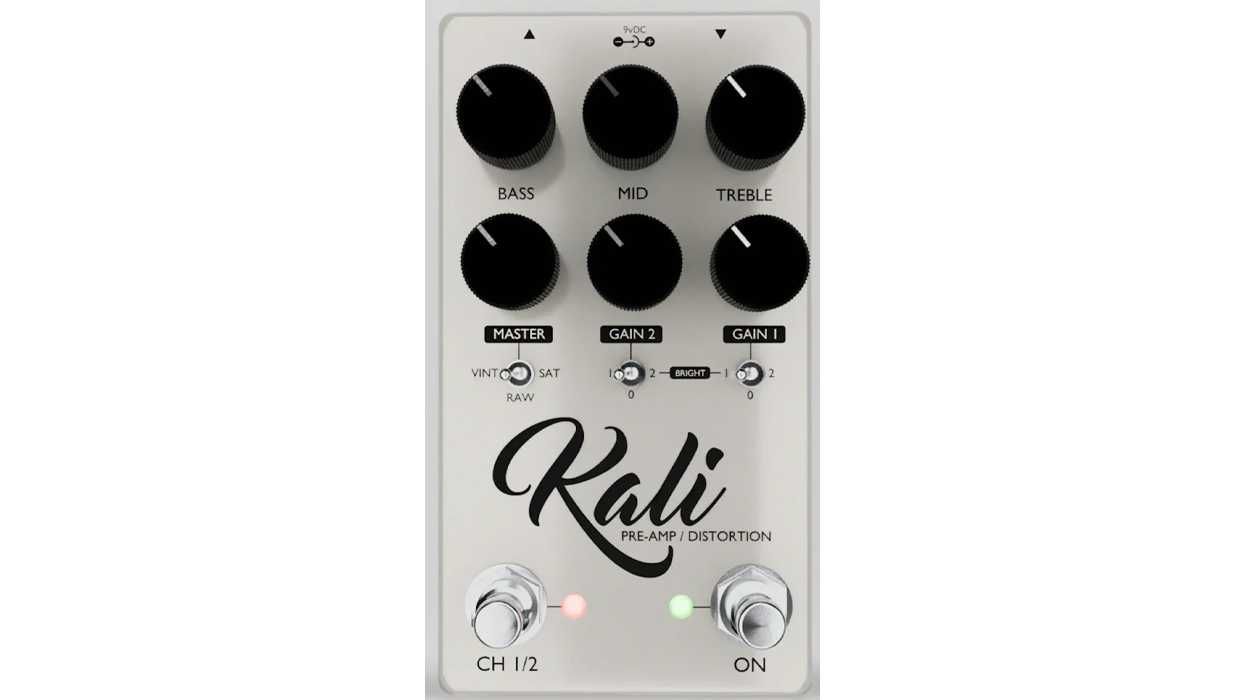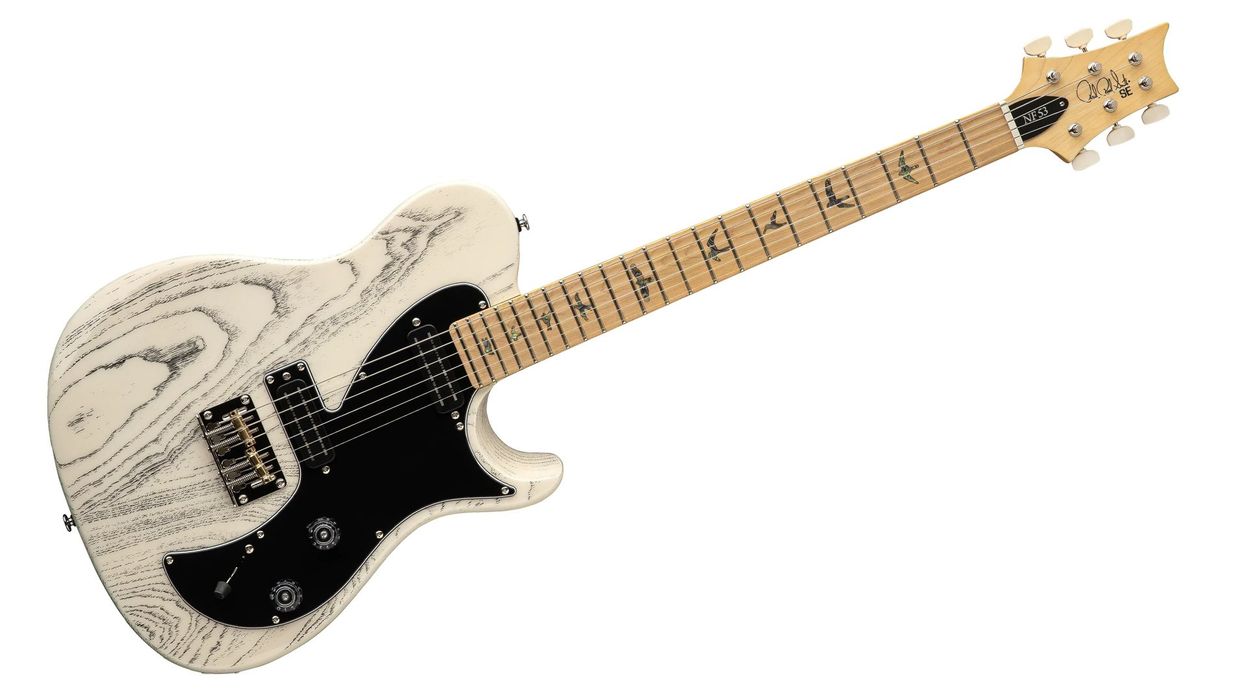When you consider stompboxes that have achieved ubiquity and longevity, images of Tube Screamers, Big Muffs, or Boss’ DD series delays probably flash before your eyes. It’s less likely that TC Electronic’s Stereo Chorus Flanger comes to mind. But when you consider that its fundamental architecture has remained essentially unchanged since 1976 and that it has consistently satisfied persnickety tone hounds like Eric Johnson, it’s hard to not be dazzled by its staying power—or wonder what makes it such an indispensable staple for so many players.
The latest incarnation of the Stereo Chorus Flanger, the SCF Gold, underscores the timelessness of TC’s classic. And the richness of its modulations, its broad versatility, and very accessible price still add up to a most appealing multi-modulator.
Complex Sounds from Simple Controls
Pedals that combine chorus, flange, and vibrato aren’t uncommon. But given the fundamental similarities between the effects, it’s curious we don’t see more boxes that bundle the three. Obviously, specialization enables enhanced control and more refined and radical results. But for gigging guitarists and studio players that need to work fast and intuitively, there is an undeniable appeal in a pedal that covers all the bases competently.
One beautiful feature of the SCF Gold’s ageless design is the simplicity of the control set. That simplicity is essential, however, because the three controls are highly interactive and vary in feel and function depending on the mode you use.
The speed knob spans rates ranging from an ultra-lazy 10 seconds per cycle to fast, rotary-style 10-cycles-per-second pulses. The width control governs the delay time between waveforms. The intensity control is the shape shifter of the bunch. In chorus mode, it’s effectively a wet/dry blend. In flanger mode it becomes a feedback control. And in pitch modulation mode it regulates the balance between vibrato and chorus effects. The input gain control situated just below the mode switch may look less vital, but the grit, body, and volume that it adds to a signal transforms many modulations into thicker, less clinical, and sometimes more organic and cohesive sounds—though that sometimes comes at the expense of the SCF’s excellent focus and clarity. It’s also critical for overcoming some of the volume loss that you perceive at intense modulation settings.
In both live and studio settings, the extra top-end clarity makes the SCF Gold pop.
Clear-Eyed and Wobbling
If you had to pick a single characteristic that sets the SCF Gold apart from other classic analog choruses and flangers, and the contemporary pedals that imitate them, it’s the TC’s focus and clarity, particularly in the high-mid and high frequencies. Many analog chorus pedals end up with a fairly dark voice—partly as a function of bucket brigade circuit design, but also, perhaps, in an attempt to tame resonant peaks and better simulate the more liquid qualities of rotary speakers and tape flange. I love those smoky modulation colors. But there are times, especially when I’m working with a dense arrangement, that I want a chorus to sit more present and distinctly in its corner. The SCF Gold’s relatively bright voice enables these simultaneously more prominent and less bossy tones. For players that revere the heavy, unmistakably underwater sounds of Electro-Harmonix’s Electric Mistress flanger and Polychorus or the Boss CE-1 chorus, the TC might sound comparatively thin. But I love the fidelity I can hear in its less murky modulations. And in both live and studio settings, the extra top-end clarity makes the SCF Gold pop, which is killer for underpinning ’80s-style applications and modern indie-pop hooks.
There are countless textures to uncover among the SCF Gold’s modulations, including a wealth of familiar classic chorus and flange sounds. But there are scores of surprising highlights, too. Mating fast and fairly intense vibrato pulses to high input gain settings, for instance, generates a fair approximation of Magnatone amp vibrato in a pinch, and a nice Boss VB-2 style throb in cleaner settings. And high flange speeds coupled with modest width settings create gently pulsing waveforms that are redolent with hints of phase, tremolo, and delay. Adding intensity in this setting adds progressively more vowely and metallic overtones—yielding some of the coolest sounds the pedal has to offer.
Among the chorus sounds, the most traditional late-’70s/early-’80s modulations were the most enticing and addictive to my ear. But the chorus also dishes stylish approximations of 12-string electric (particularly with a bright Fender bridge single-coil out front) and trippy faux-rotary sounds, which sound extra immersive in stereo.
The Verdict
If you’re a gigging player, the utility and jack-of-all-trades flexibility of the SCF Gold could make it indispensable. And if you’re into pedalboard economy, it could conceivably replace multiple pedals. Whether you’re chasing the most versatile modulator possible or just authentic ’70s to ’80s chorus and flange sounds, the SCF Gold’s $149 price represents an excellent value. The modulations may not be as deep or queasy as those you’ll hear from other classic analog choruses and flangers. But the low noise floor and focused EQ profile make it easier to wrangle in many musical situations.
Does it better the many variations of the SCF that have come before it? Well, with crown-mounted 9V power and an input gain circuit that bumps the pedal’s already considerable headroom, we’d have to say yes. However minor and incremental these improvements may be, they are reason enough to investigate this fun, multifaceted, sweet sounding, and super affordable multi-modulation device if you haven’t already had the pleasure.




















